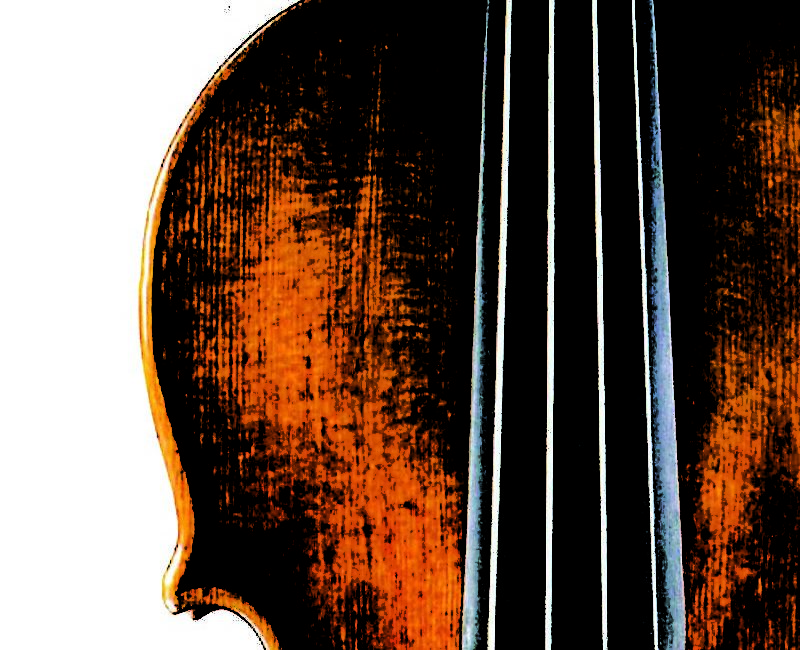
Sound Off: Old Meets Modern at Violin Competition
Do a 300th birthday and a multimillion-dollar price tag make for a better instrument? For years, the violin world has thought so, investing millions of dollars and hours trying to uncover the secrets of 17th-century Italian luthiers like Antonio Stradivarius and Giuseppe Guarneri del Gesu. Even ISO Concertmaster Zachary De Pue, proud owner of a 1757 Gagliano, affirms, “The greatest makers have been chosen by the best violinists around the world over and over again. Strads and Guarneri del Gesu.” So it was a shock to the community when a double-blind experiment conducted by French acoustic researcher Claudia Fritz during the 2010 International Violin Competition of Indianapolis effectively proved that professional violin players not only couldn’t tell the difference between older violins and modern versions, but distinctly preferred the newer instruments.
“This spawned worldwide discussion,” says Glen Kwok, IVCI executive director, as it had long been assumed a qualified violinist would be able to instantly tell the difference between an Old Italian–made instrument and a contemporary one. Twenty-one musicians, ranging from IVCI contestants and jurors to ISO members, were presented with three modern violins, two Stradivarius, and one del Gesu to play for 20 minutes in a dimly lit room while wearing dark goggles, with the goal of discerning which instrument they would most want to keep. In the end, 13 participants chose a new instrument to take home—and a circa-1700 Stradivarius was distinctly disliked. Convinced of a fluke, the violin world demanded a recount when these results were published, and Fritz obliged with another experiment in a Parisian concert hall with 10 world-class violin soloists in 2012. The results were the same.
Before you develop buyer’s remorse on your $4 million Strad, Kwok explains, “It’s not taking anything away from the Old Italians to say the contemporary guys have raised their making skills to such a level that had never existed before. It’s a real test of modern makers.”
Wood It Matter?
Theories on why your violin will never sound as good as a Strad:
Wet Wood: Stradivarius might have stored his wood in a Venice lagoon prior to crafting, allowing a perfect amount of rot to create pores in the wood for wonderful resonance.
Cold Wood: Thanks to the Little Ice Age (1645–1750), tree growth was stunted, resulting in extra-dense wood and beautiful tonality in violins.
Holy Wood: Some say Stradivarius salvaged wood from old cathedrals to get that angelic depth of sound.





